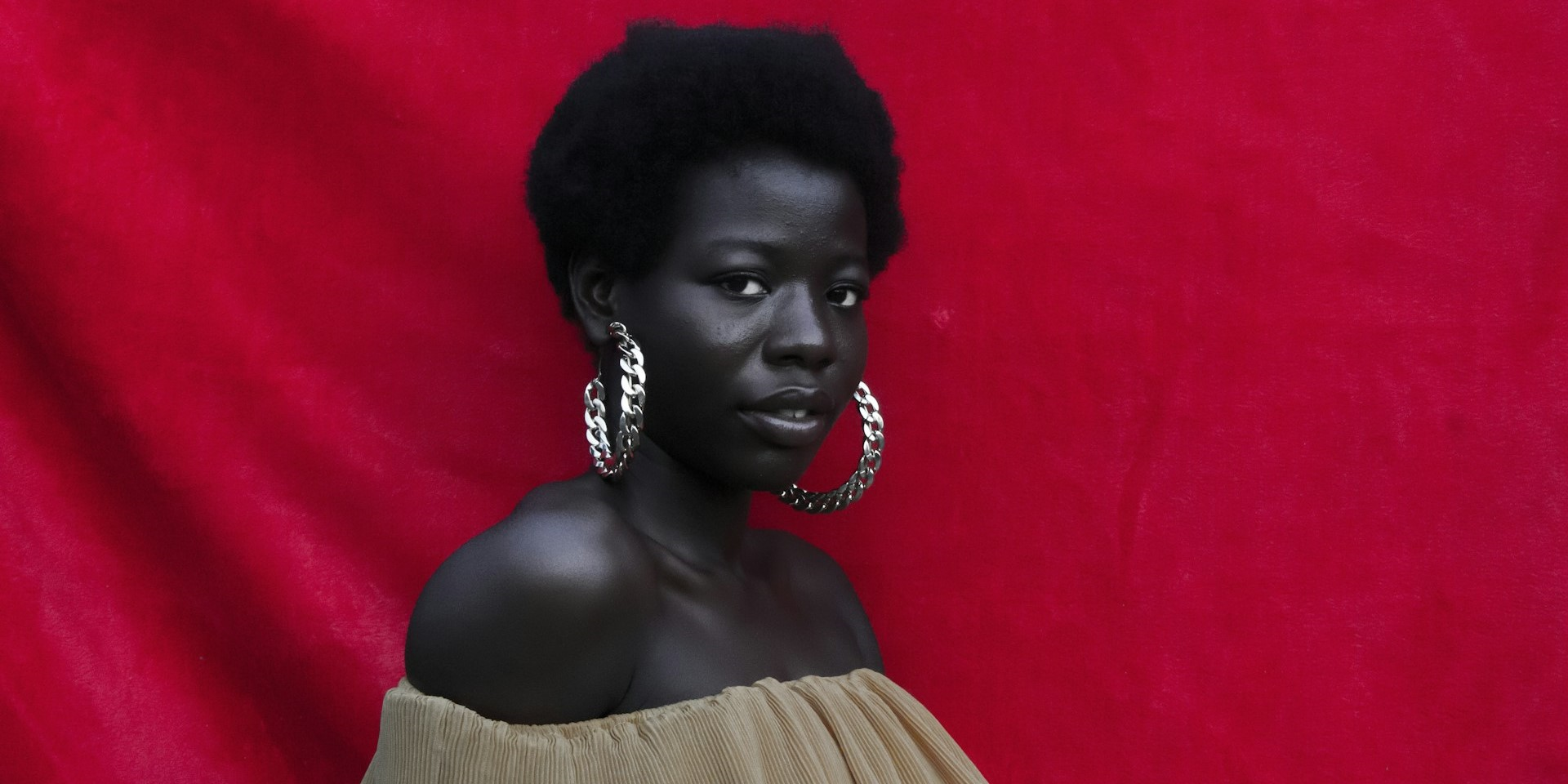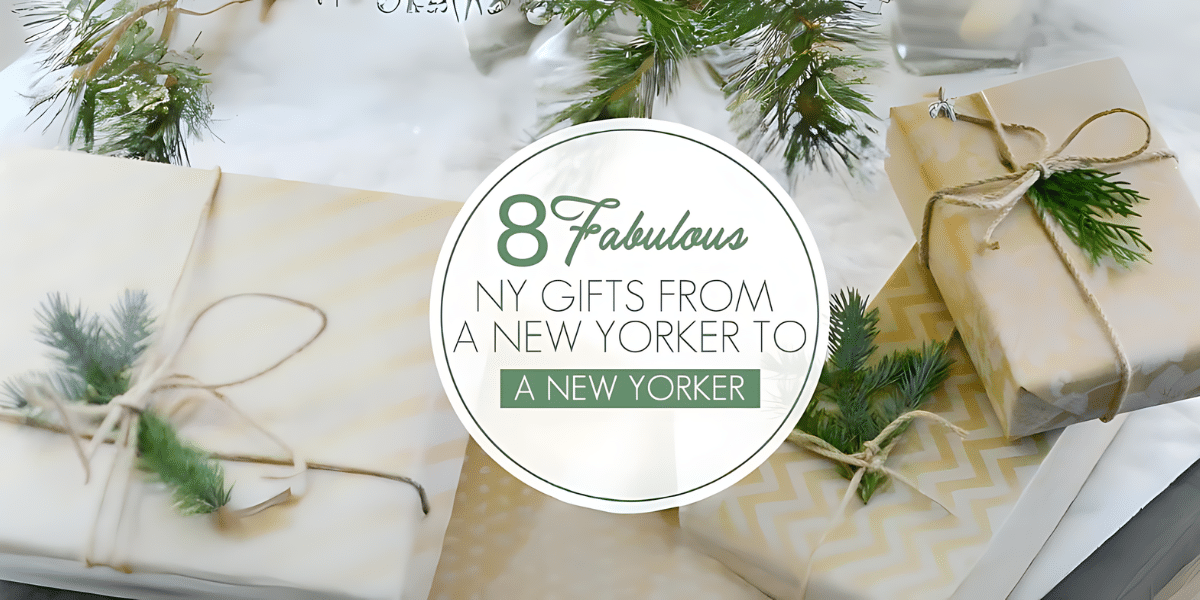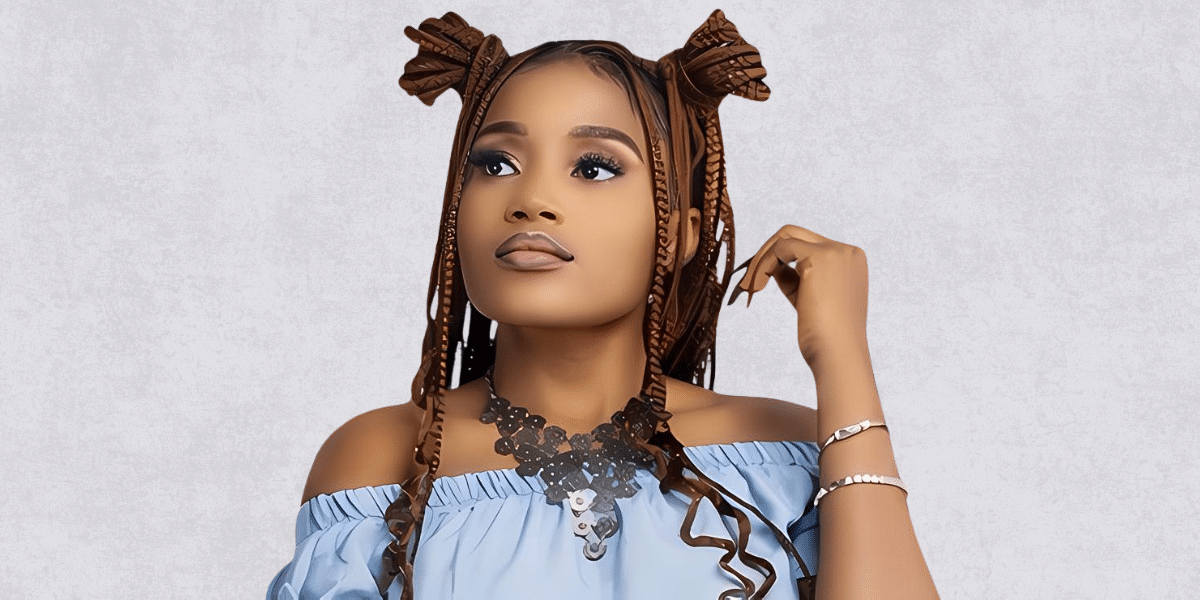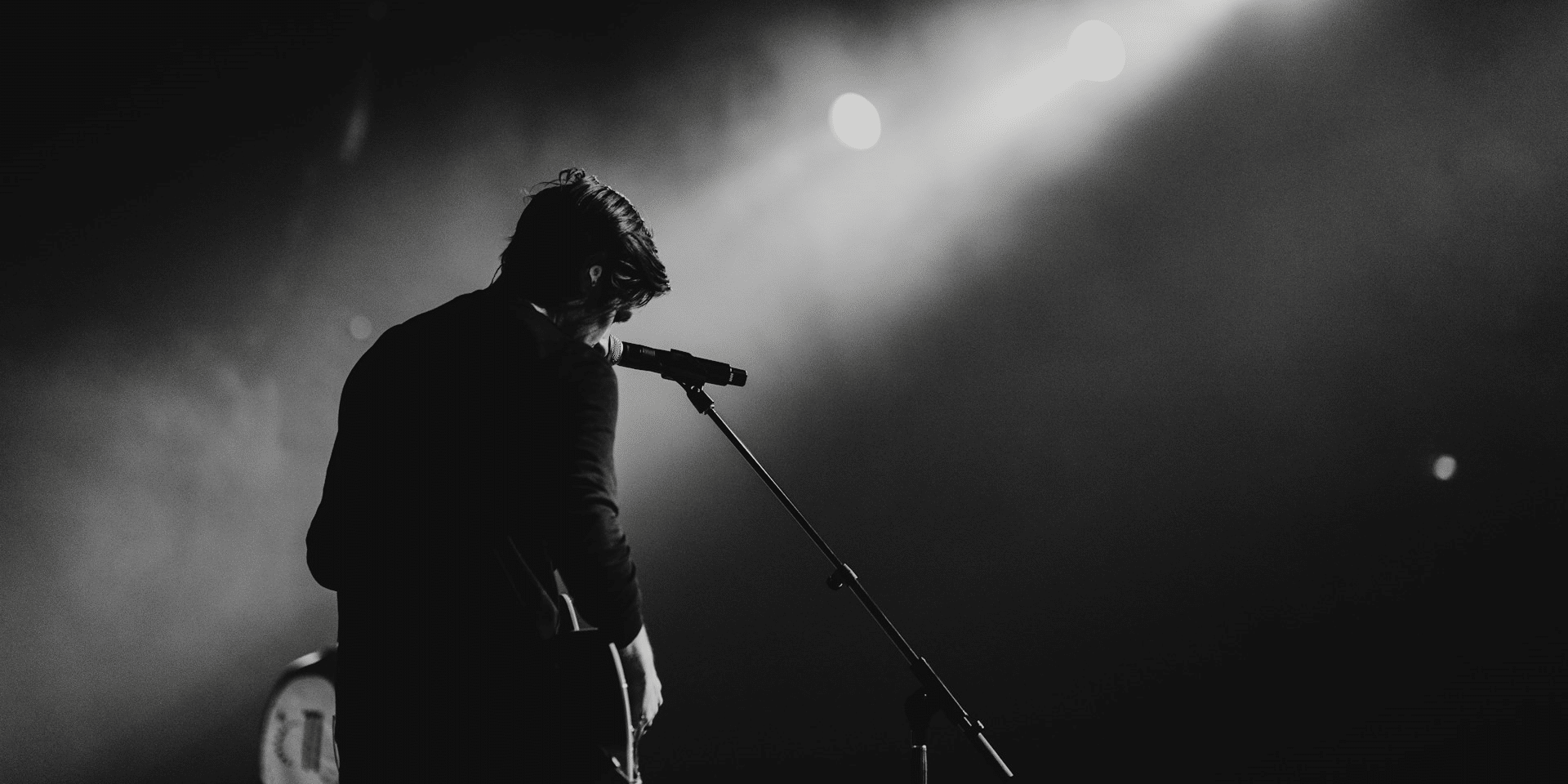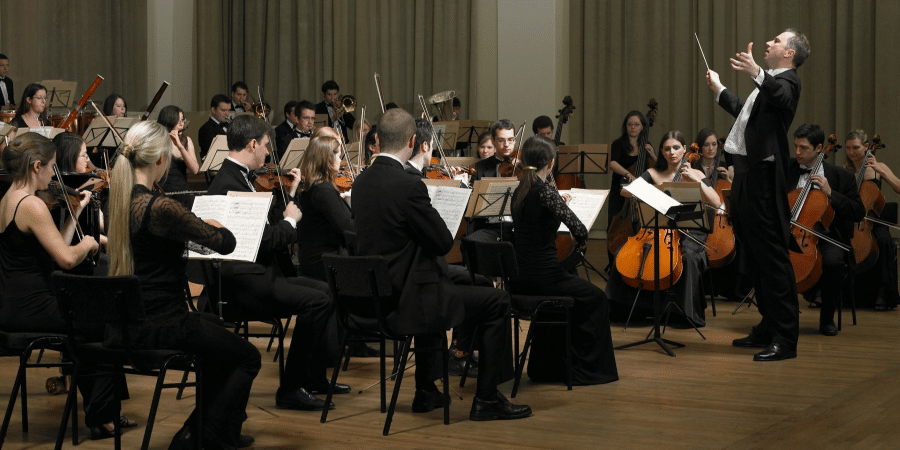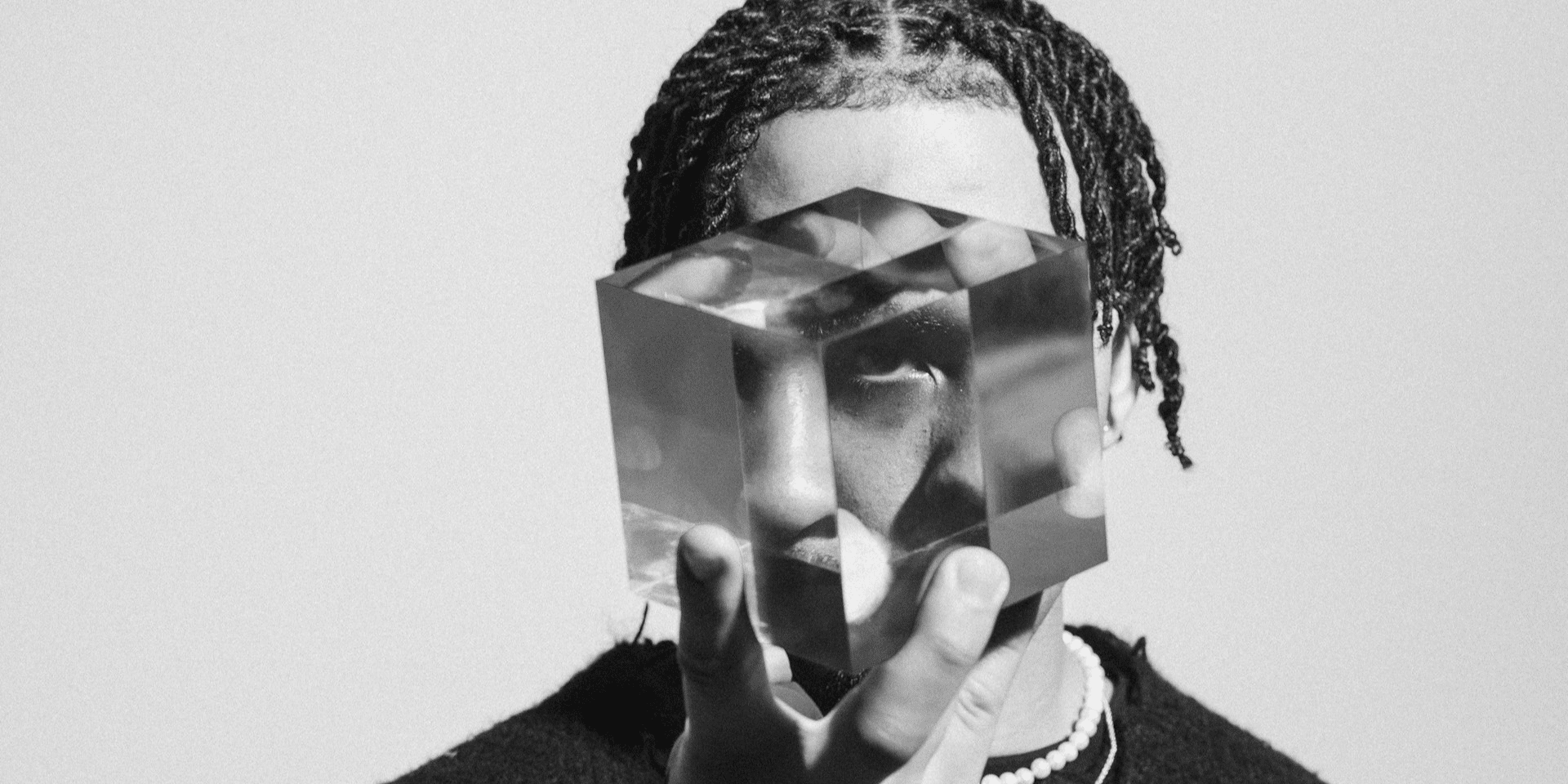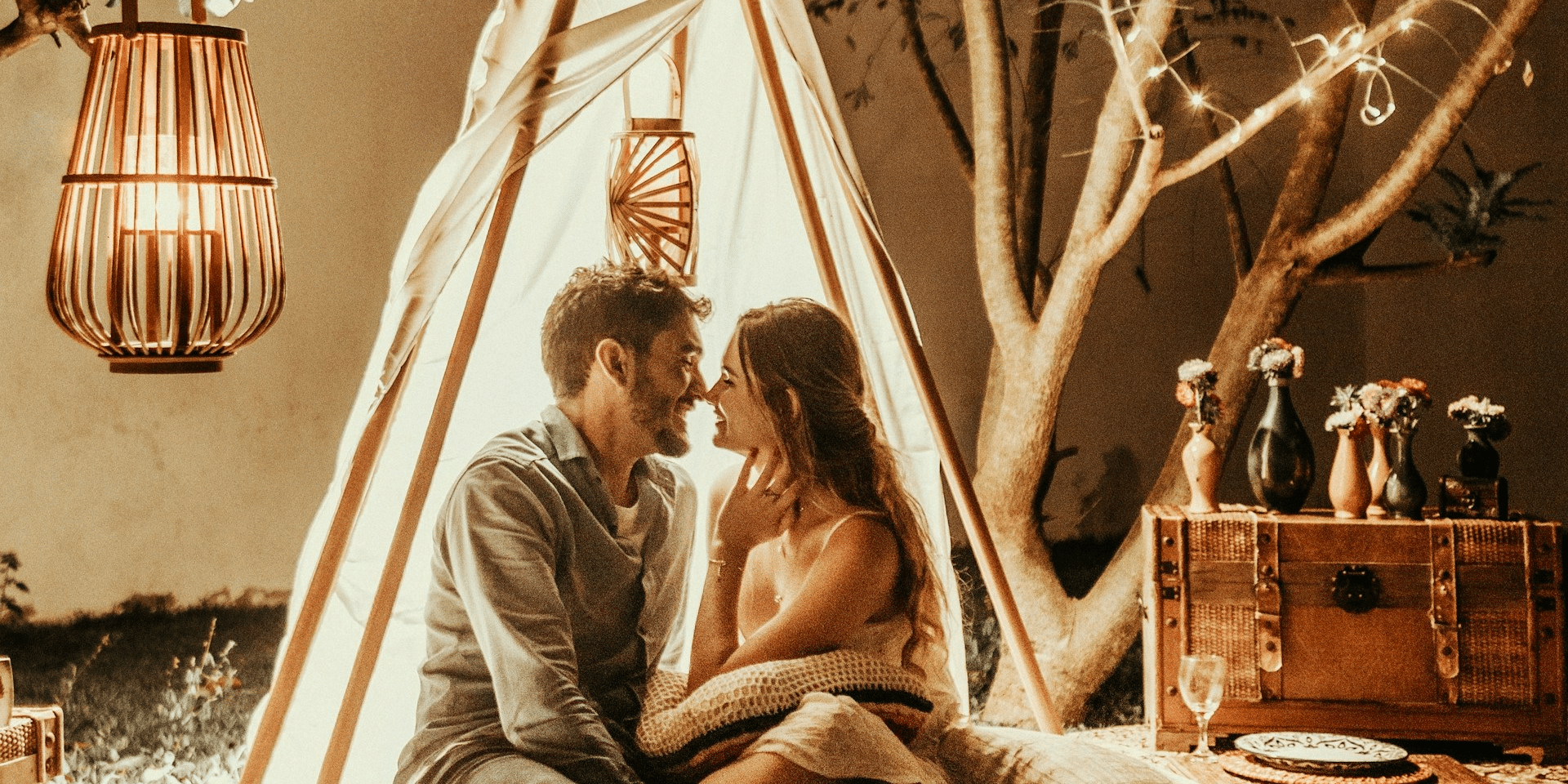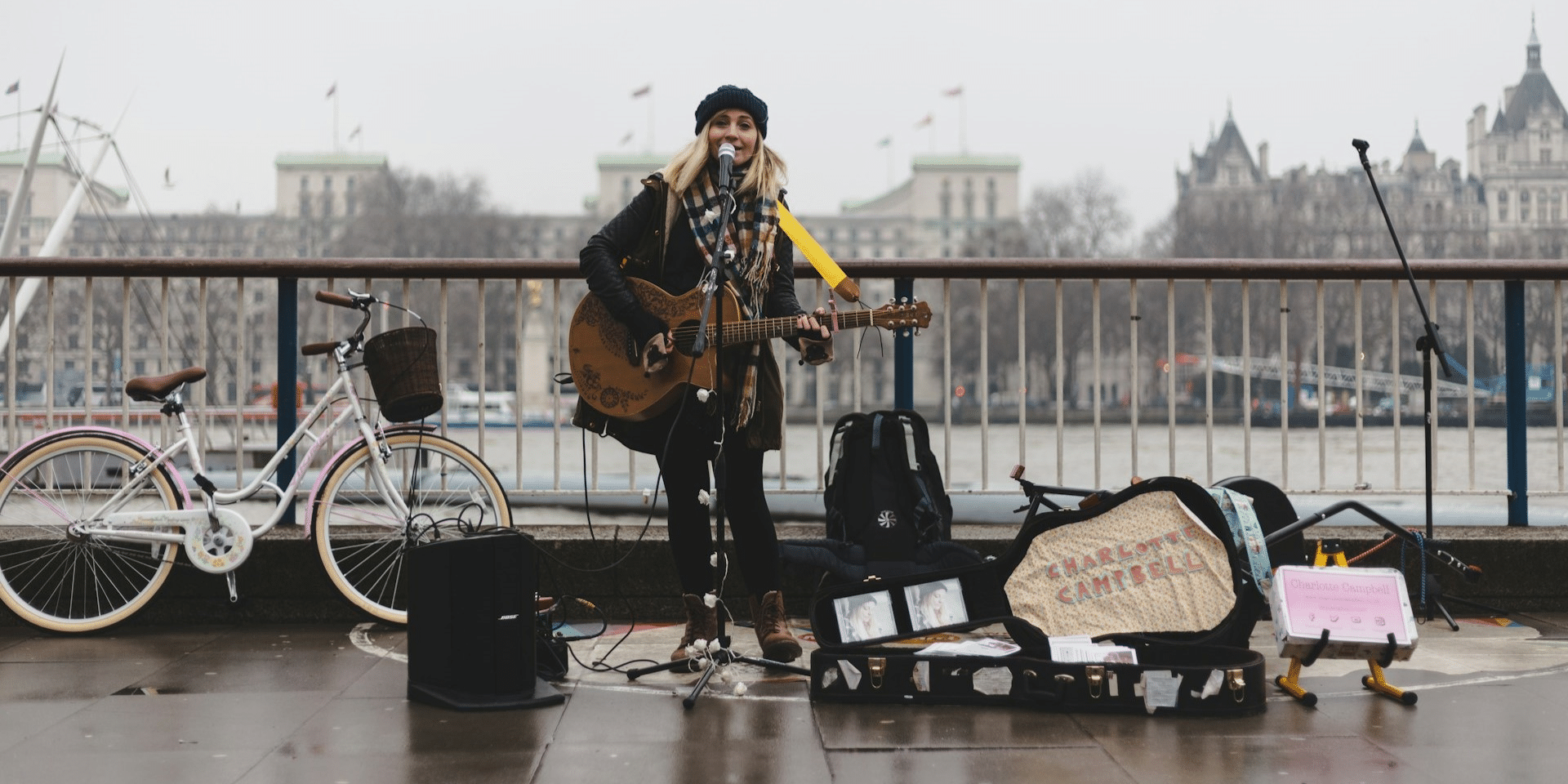Juxtaposition with color is a powerful tool used in various art forms, including painting, photography, graphic design, and interior decorating. It involves placing contrasting colors together to create visual interest, harmony, and emotional impact. In this beginner’s guide, we’ll explore the concept of juxtaposition with color, its significance, and how it can be effectively utilized to enhance artistic compositions and convey deeper meanings.
What is Juxtaposition with Color?
Juxtaposition refers to the act of placing two or more elements side by side to highlight their differences or create a striking visual contrast. When applied to color, juxtaposition involves combining hues, shades, or tones that are distinctly different from each other to achieve a specific artistic effect. This contrast can be achieved through various color properties, including hue, saturation, brightness, and temperature.
Significance of Juxtaposition with Color
Juxtaposition with color serves several important purposes in art and design:
1. Visual Interest
By combining contrasting colors, artists and designers can create visually captivating compositions that draw the viewer’s attention and stimulate the senses. The dynamic interplay between different hues, shades, and tones adds depth, dimension, and excitement to the artwork, making it more engaging and memorable.
2. Emotion and Mood
Colors have the power to evoke emotions and influence moods, and juxtaposing contrasting colors can amplify these effects. For example, pairing warm and cool colors together can create a sense of balance or tension, while combining complementary colors can evoke feelings of harmony or vibrancy. The emotional impact of juxtaposed colors can vary depending on cultural associations, personal experiences, and contextual factors.
3. Depth and Dimension
Juxtaposition with color can also be used to create the illusion of depth, space, and perspective within an artwork. By strategically placing contrasting colors in the foreground, middle ground, and background, artists can enhance the sense of depth and add visual complexity to their compositions. This technique is particularly effective in landscape painting and photography, where it helps to create a sense of distance and atmosphere.
4. Symbolism and Meaning
Colors are often imbued with symbolic meanings and cultural associations, and juxtaposing contrasting colors can be used to convey deeper messages or narratives within an artwork. For example, pairing black and white together can symbolize the contrast between light and dark, good and evil, or life and death. Similarly, combining red and green can evoke themes of passion and growth, or danger and safety.
Effective Use of Juxtaposition with Color
To effectively utilize juxtaposition with color in your artwork or design projects, consider the following tips:
1. Understand Color Theory
Familiarize yourself with the basics of color theory, including the color wheel, complementary colors, analogous colors, and color harmonies. This knowledge will help you make informed decisions about which colors to juxtapose for maximum visual impact and emotional resonance.
2. Experiment with Contrast
Experiment with different types of color contrast, including hue contrast, value contrast, and saturation contrast. Try pairing complementary colors, such as red and green or blue and orange, to create vibrant and dynamic compositions. Alternatively, explore the contrast between warm and cool colors, light and dark tones, or muted and saturated hues.
3. Consider Context and Intention
Consider the context and intention behind your artistic choices when juxtaposing colors. Think about the mood, atmosphere, and emotional response you want to evoke in your audience, and select colors that support and enhance your artistic vision. Pay attention to the cultural and symbolic associations of different colors and use them to reinforce your intended message or narrative.
4. Balance and Harmony
While contrast is important in juxtaposition with color, strive to achieve balance and harmony in your compositions. Avoid overwhelming the viewer with too much visual stimulation or creating discordant combinations that detract from the overall aesthetic appeal. Instead, aim for a harmonious balance of contrasting colors that work together to create a unified and cohesive composition.
A Concept with Potential
Juxtaposition with color is a fundamental concept in art and design that offers endless creative possibilities for artists and designers. By strategically combining contrasting colors, artists can create visually stunning compositions that captivate the viewer’s attention, evoke emotions, convey meaning, and express their artistic vision. Whether you’re a painter, photographer, graphic designer, or interior decorator, understanding and mastering the principles of juxtaposition with color can elevate your work to new heights and unleash your creative potential. So don’t be afraid to experiment, explore, and push the boundaries of color in your artistic endeavors, and let the vibrant interplay of hues, shades, and tones inspire and delight your audience.

